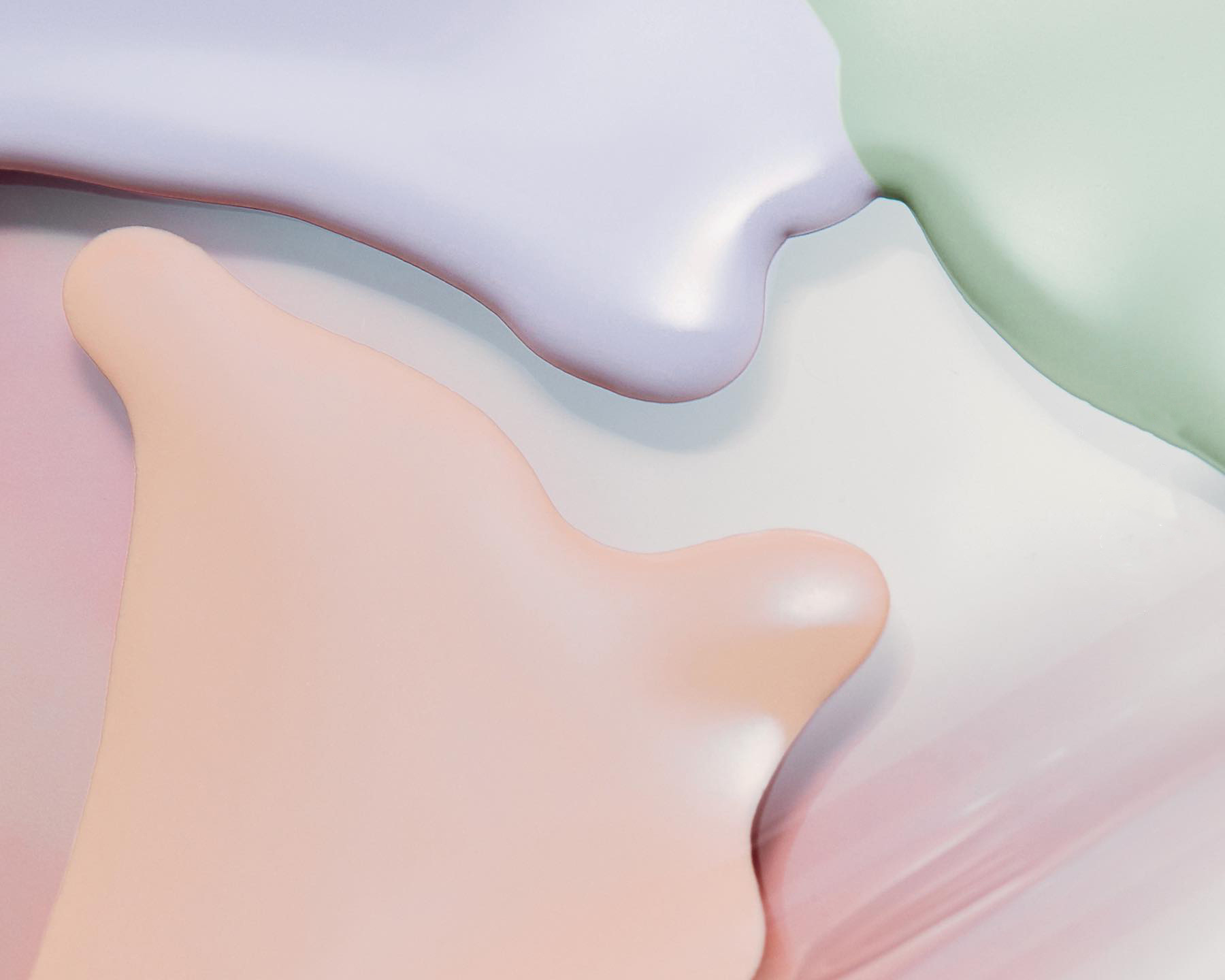22
2025
-
08
Celebrating Creativity: Artists Using Vegan Leather in Unique Ways
Celebrating Creativity: Artists Using Vegan Leather in Unique Ways Introduction to Vegan Leather in the Artistic Realm The rise of vegan leather has transformed the arts and fashion industries, igniting a creative revolution that marries sustainability with aesthetics. Artists are increasingly exploring this innovative material, pushing boundaries, and redefining what it means to be creative in th
Celebrating Creativity: Artists Using Vegan Leather in Unique Ways
Introduction to Vegan Leather in the Artistic Realm
The rise of vegan leather has transformed the arts and fashion industries, igniting a creative revolution that marries sustainability with aesthetics. Artists are increasingly exploring this innovative material, pushing boundaries, and redefining what it means to be creative in the realm of textiles. In this article, we delve into the various ways artists are utilizing vegan leather, showcasing their unique creations and shedding light on the environmental benefits of choosing alternative materials.
What is Vegan Leather? A Comprehensive Overview
Vegan leather, also known as faux leather or synthetic leather, is a material made without any animal products. It can be produced from a variety of materials, including polyurethane (PU), polyvinyl chloride (PVC), and natural fibers such as cork or apple peels. As consumers become more conscious of their ecological footprint, the demand for vegan leather has surged, leading to a variety of innovative products that are not only stylish but also sustainable.
The Environmental Impact of Traditional Leather vs. Vegan Leather
The traditional leather industry is notorious for its negative environmental impact, including land degradation, water pollution, and significant greenhouse gas emissions. In contrast, vegan leather offers a more sustainable alternative. By avoiding animal agriculture and reducing the resources required for production, vegan leather can minimize environmental harm.
Choosing Eco-Friendly Materials
Artists are increasingly opting for materials derived from sustainable sources. Alternative vegan leathers made from materials like pineapple leaves (Piñatex), mushroom mycelium, and recycled plastics provide not only a cruelty-free option but also reduce waste and encourage a circular economy.
Exploring Unique Artistic Applications of Vegan Leather
Vegan leather’s versatility has opened doors for artists to experiment with texture, color, and form. The following sections explore some of the most innovative uses of vegan leather in art and design.
Fashion Design: A New Era of Sustainable Style
Many designers are incorporating vegan leather into their collections, creating garments that are not only stylish but also reflective of their commitment to sustainability. From jackets to handbags, vegan leather offers a wide array of possibilities.
Case Study: Groundbreaking Fashion Designers Embracing Vegan Leather
We highlight designers like Stella McCartney, who has long been a pioneer in the ethical fashion movement. Her collections showcase the beauty of vegan leather, demonstrating that eco-friendly materials do not compromise on style.
Art Installations: Transforming Spaces with Vegan Leather
Artists are also using vegan leather in large-scale installations, adding an unexpected element to their works. The tactile quality and vibrant colors of vegan leather can transform any space, inviting viewers to engage with their surroundings in new ways.
Highlighting Notable Installations
One striking example is the work of artist Eliana M. She creates immersive environments utilizing vegan leather, encouraging dialogue about sustainability and art. Her installations invite audiences to ponder the impact of material choices on the environment.
Vegan Leather in Home Decor: A Sustainable Touch
The home decor sector has also embraced vegan leather, with artists crafting unique furniture pieces and decorative items that promote an eco-friendly lifestyle.
Incorporating Vegan Leather in Interior Design
From vegan leather cushions to wall art, the options are endless. Artists are creating bespoke pieces that enhance living spaces while celebrating sustainable practices.
Creative Ideas for Vegan Leather Home Decor
Explore ideas such as vegan leather wall hangings, custom upholstery, and statement furniture pieces. These designs not only add a luxurious touch to any home but also align with environmentally conscious values.
The Role of Vegan Leather in Crafting and DIY Projects
Vegan leather is a favorite among crafters and DIY enthusiasts, offering an approachable medium for various projects.
Crafting with Vegan Leather: Tips and Techniques
Utilizing vegan leather in DIY projects allows for personalization and creativity. Techniques such as sewing, embossing, and painting can bring unique visions to life.
Project Ideas for Eco-Conscious Crafters
Explore project ideas ranging from custom wallets to decorative keychains. Each project not only showcases personal creativity but also promotes sustainable crafting practices.
Challenges and Considerations in Using Vegan Leather
While vegan leather offers many advantages, it is essential to recognize potential challenges.
Understanding Quality and Durability
Not all vegan leathers are created equal. The quality can vary significantly, affecting durability and performance. It’s vital for artists and consumers to research and choose high-quality products that will stand the test of time.
Environmental Claims and Transparency
Consumers should look for transparency in the sourcing and production of vegan leather. Understanding the environmental impact of synthetic materials, including their processing and end-of-life disposal, is crucial.
Spotlighting Artists Leading the Vegan Leather Movement
Numerous artists and designers are making waves in the vegan leather space. Their work not only exemplifies creativity but also raises awareness of sustainable practices.
Interviews with Influential Artists
We feature insights from artists like Amanda L. and their experiences working with vegan leather. Their stories illustrate the challenges and triumphs of using this innovative material in their creative practices.
Emerging Artists to Watch
Highlighting emerging artists who are pushing boundaries with vegan leather, we shed light on the new generation of creators committed to sustainability in their work.
FAQs about Vegan Leather and Its Artistic Applications
1. Is vegan leather environmentally friendly?
While vegan leather is more sustainable than traditional leather, its environmental impact depends on the materials used in its production. Opting for high-quality, eco-friendly alternatives is crucial.
2. Can vegan leather be recycled?
Recycling options for vegan leather vary. Some brands have programs for recycling their products, while others may not be recyclable. Always check with manufacturers for specific guidelines.
3. How does vegan leather compare to genuine leather in terms of durability?
The durability of vegan leather varies by type and quality. High-quality vegan leather can be quite durable, often comparable to genuine leather, while lower-quality options may wear out more quickly.
4. Are there any health concerns associated with vegan leather?
Most vegan leather is safe; however, some synthetic materials may contain harmful chemicals. Researching the specific products and choosing those free from harmful substances is essential.
5. What are some popular brands that use vegan leather?
Several brands have embraced vegan leather, including Stella McCartney, Matt & Nat, and Vaute Couture. Each offers innovative designs that reflect a commitment to sustainability.
Conclusion: The Future of Vegan Leather in Art and Design
The creative potential of vegan leather is boundless. As artists continue to explore this innovative material, they challenge conventional norms and inspire others to consider sustainability in their work. By celebrating creativity through vegan leather, we pave the way for a more environmentally conscious future in art and design. Embracing this movement not only enriches our aesthetic experiences but also fosters a deeper connection to the planet and its resources.
Related news
undefined






